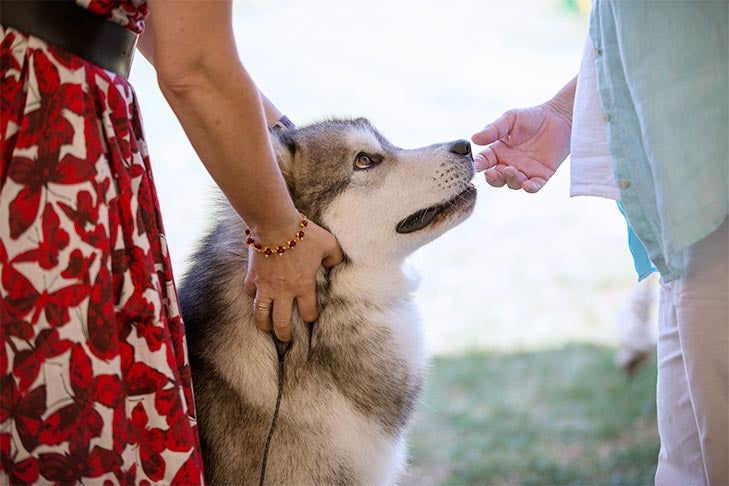
In the last column, we discussed the importance of making a good impression on the public at shows. The accolades you earn in the ring can be a hollow victory if you project a cold, unfriendly veneer when dealing with interested spectators and kennel club volunteers.
Your interaction with fellow exhibitors is equally essential. These are the folks with whom you will be sharing the breed ring and common grooming space every weekend. Your lives away from dog shows probably could not be more different, yet you are all passionate about the same breed and endeavoring to produce the best dogs you can. That deserves respect and good sportsmanship.
Novices at their first shows get a mixed reception depending upon the breeder of their new puppy. If it is a favorite, local breeder the newcomer is generally shielded from harsh criticism. For the novice who has purchased a dog from a faraway breeder or a controversial one, interaction can be brutal. Since showing dogs is still considered a hobby for most, and participation is voluntary—not to mention expensive—it does not take much rejection for a novice to throw in the towel and decide that leisure time would be better spent on the golf course or at the marina. No breed can afford to scare away enthusiastic newcomers, nor can our sport. Beginners learn on their first dog, and most will eventually buy a second, more competitive dog to win with if they have been encouraged by others in the breed.
Think back to your early days in the sport, when you were just getting to know people. It is intimidating. Shows are fast-paced; exhibitors have 2.5 minutes to make their dog look its best for the judge, and a stubborn puppy in the hands of a nervous exhibitor can really escalate the stress. A kind word, a useful grooming tip, or an offer to shop the vendors with a novice to pick out a more suitable show lead can mean the difference between losing a new exhibitor and gaining an eager volunteer for the club.
Decades ago, benched shows forced exhibitors to stay all day and certainly encouraged rivals to get to know one another. You might leave the ring disappointed that your dog did not do as well as you had hoped, but then you would go back to the benching area, share lunch, and talk for hours about pedigrees and future breeding programs. These days, in our show-and-go world, exhibitors tend to scatter after breed judging is done, which makes forging friendships more difficult, yet not impossible. It starts with a hearty handshake, a sincere compliment paid to the breed winners and making an effort to get along.
A breed-supported show provides the perfect venue to get to know your fellow exhibitors. It is today’s answer to the camaraderie of benched shows. There is often a lunch or potluck organized by the breed club. Always make time to attend these social events. Bring an extra folding chair and a contribution to the food table, and introduce yourself to club volunteers and exhibitors you have not spoken to before. You will leave the show in better spirits, as will your fellow exhibitors. It is not rocket science but the lost art of hospitality. Let’s try to practice it weekly.

